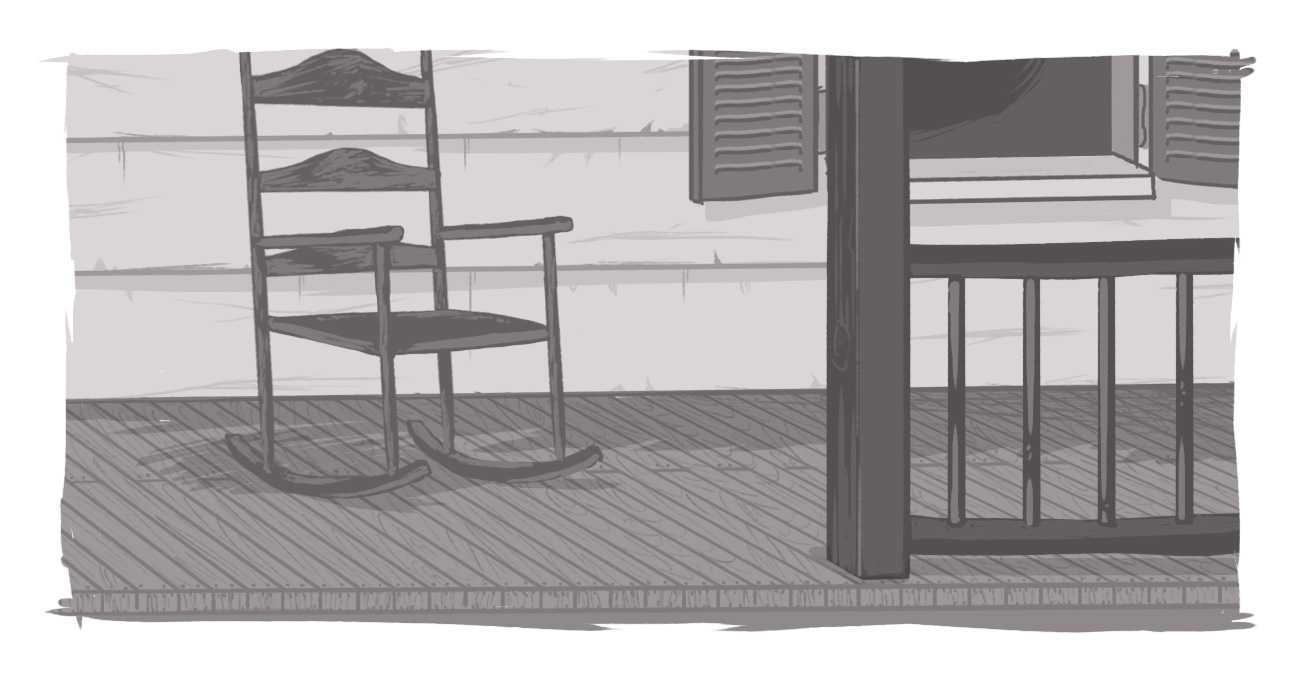Are You a Social Media Mosquito? Your Voice May be Bugging Your Customers

There’s a device known as 'The Mosquito' that’s used outside of businesses. It's designed to emit a high-frequency sound that only youth can hear and is intended to keep loitering kids at bay.
Why does this matter for your on-line business presence? Because you'll want to ask yourself, “Am I being a 'mosquito' to potential customers?”
Social media is a quick and convenient window into your business, but all too often business owners overlook the importance of answering a simple question: "Who do I want my customers to see?”
Who is the voice of your business? To whom should your messaging be directed? Are you alienating a potential demographic with your content? Do you care?
The final question is not meant to be insulting – it’s the truth. If you’re running a restaurant or nightclub, you’re going to want to attract a certain clientele. Your voice needs to speak in that clientele’s language. After all, if you’re not interested in 72-year-old retirees, there’s no reason to include them in your communications efforts.
It’s a decision that you need to make up front – and then actively monitor.
All too often, social media is run by junior employees who are given relatively free reign. The company’s voice becomes conscripted by that one employee’s voice. It’s a tactic you wouldn’t employ for more traditional marketing vehicles (print, Web site, literature), so why is it acceptable for your social messaging?
Social media represents many customers' (and potential customers') primary interaction with your business. They may never visit your Web site, but they will receive your messages through Twitter, Facebook, and other social networks. So is that voice representative of you?
In the process of doing some market analysis, I encountered a fairly well-known and large-scale brand. It’s a family friendly and middle-of-the-road style restaurant, but instead of appealing to that demographic, the brand’s Tweets and Facebook posts sound like the ramblings of a 17-year-old wannabe frat boy.
Fully aware that I’m tiptoeing the line of “Get off of my lawn-ism,” the content for this company is random, rarely on-brand, and the humour falls flat. I should be a part of the demographic to which it’s appealing, but I’m actively turned off by the company’s messaging. Its social efforts have 'Mosquito'ed me away from even considering the brand. The food may be great and the in-house experience may be perfect, but I’ll be honest in saying that I’ve been left with a bad taste in my mouth – and that’s without even tasting the food.
It’s not an easy gig, representing a brand. It takes time, experience, and understanding of the broader corporate goals.
We’ve talked about the importance of including social in broader marketing strategies and we’ve discussed the importance of finding an honest, representative corporate voice.
And it’s important to realize that just because someone’s grown up on social media doesn’t mean that they understand how to use it effectively to support business goals. Of course, there are a lot of younger social media professionals who do get it – but age isn’t a determining factor one way or the other. Talent is.
For some it’s the “Fingernails on a chalkboard” others it’s the “dentist drill.” Some even report a visceral aversion to the “Drescher.” Whatever sound repels your customers, you need to actively review your business’ social efforts and ensure it’s not serving as a Mosquito to a potentially viable – and valuable – demographic.
So what brands attract or repel you? Do you feel it’s necessary for a company to “speak your language?” What do you look for in a business’ social presence? Please share your comments below.
How do I target my demographic on social media?
How do I find the right corporate voice?
SUBSCRIBE TO OUR E-NEWSLETTER
 Subscribe
Subscribe


